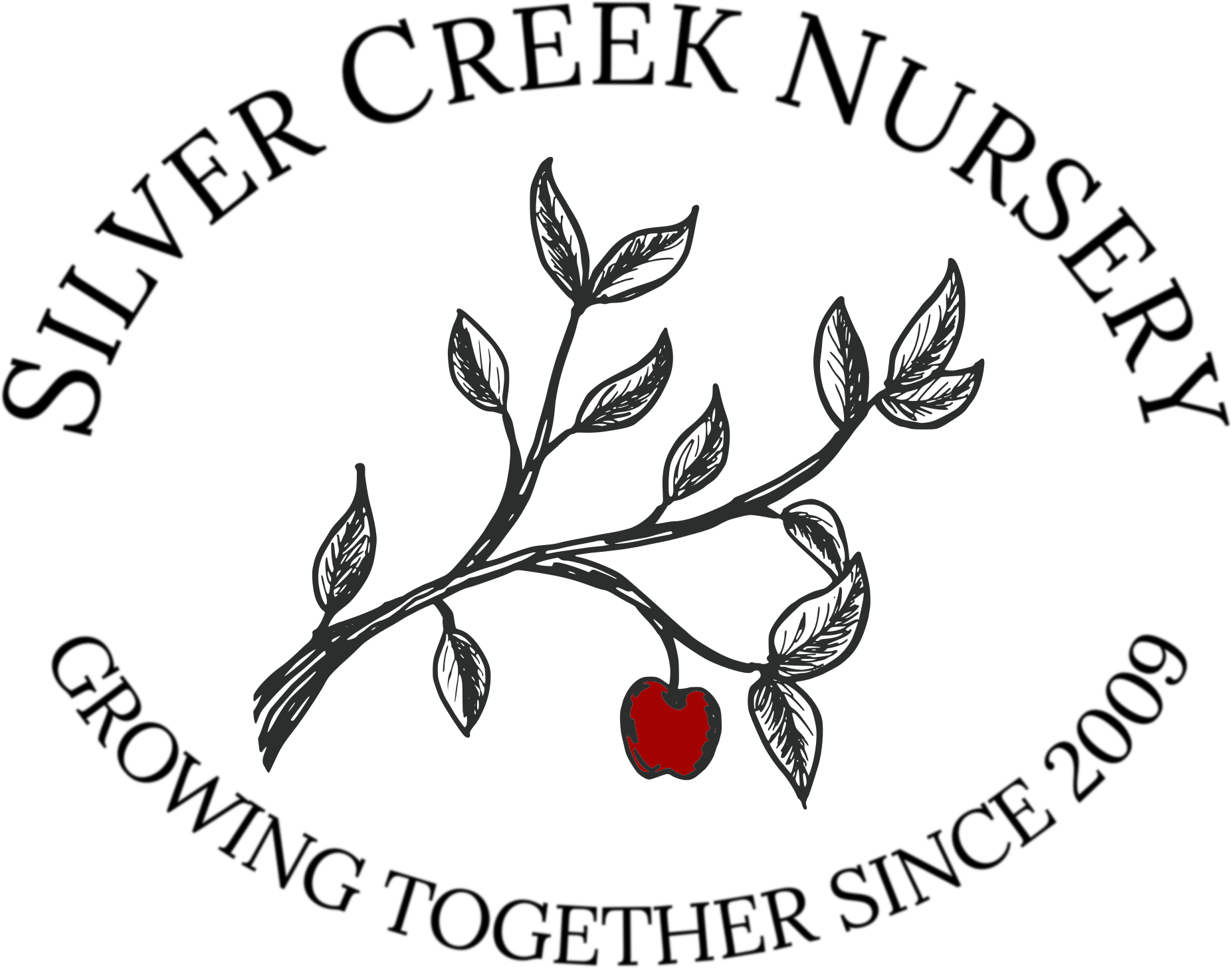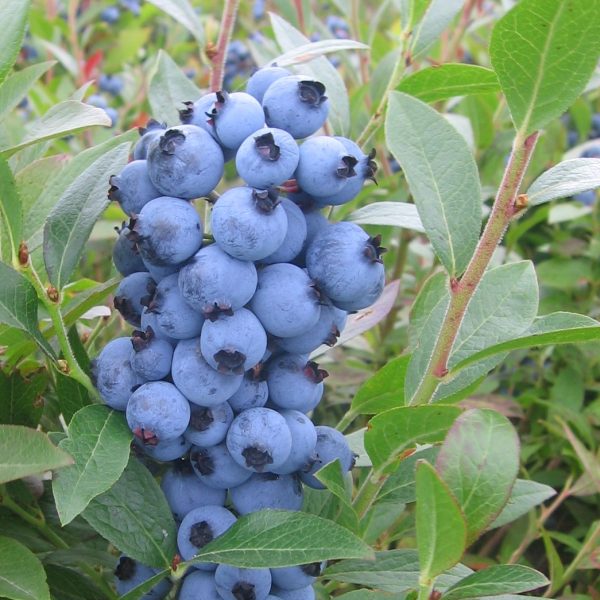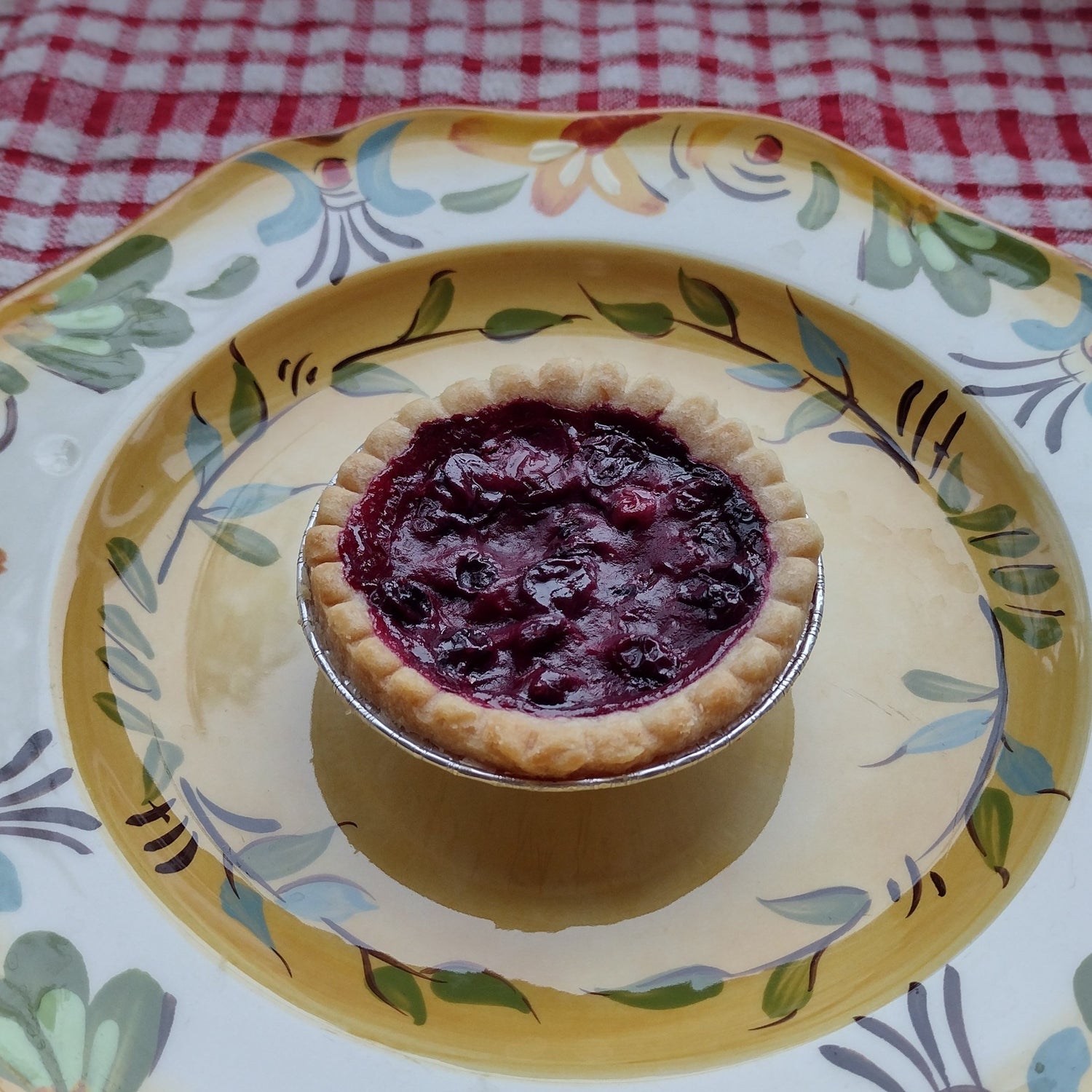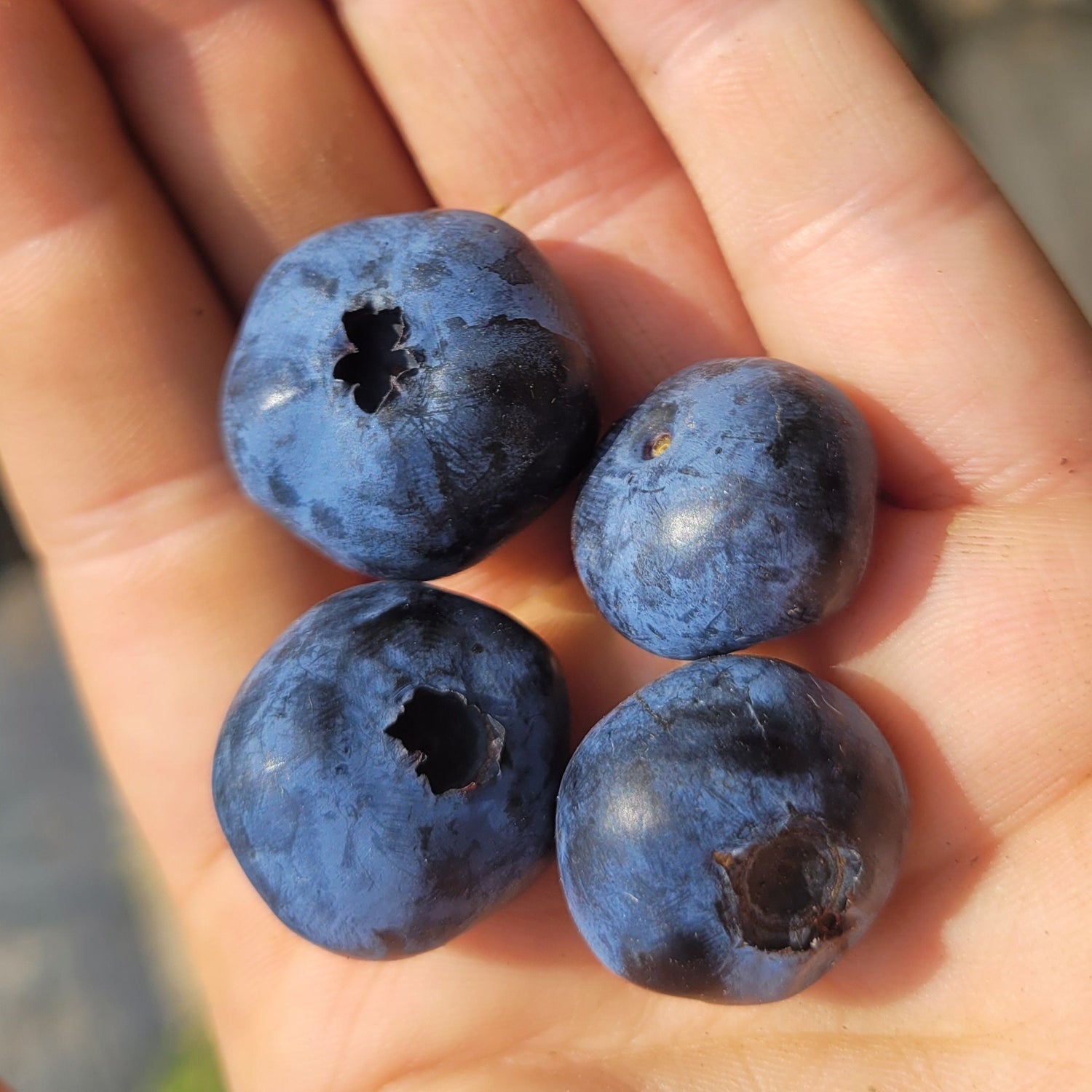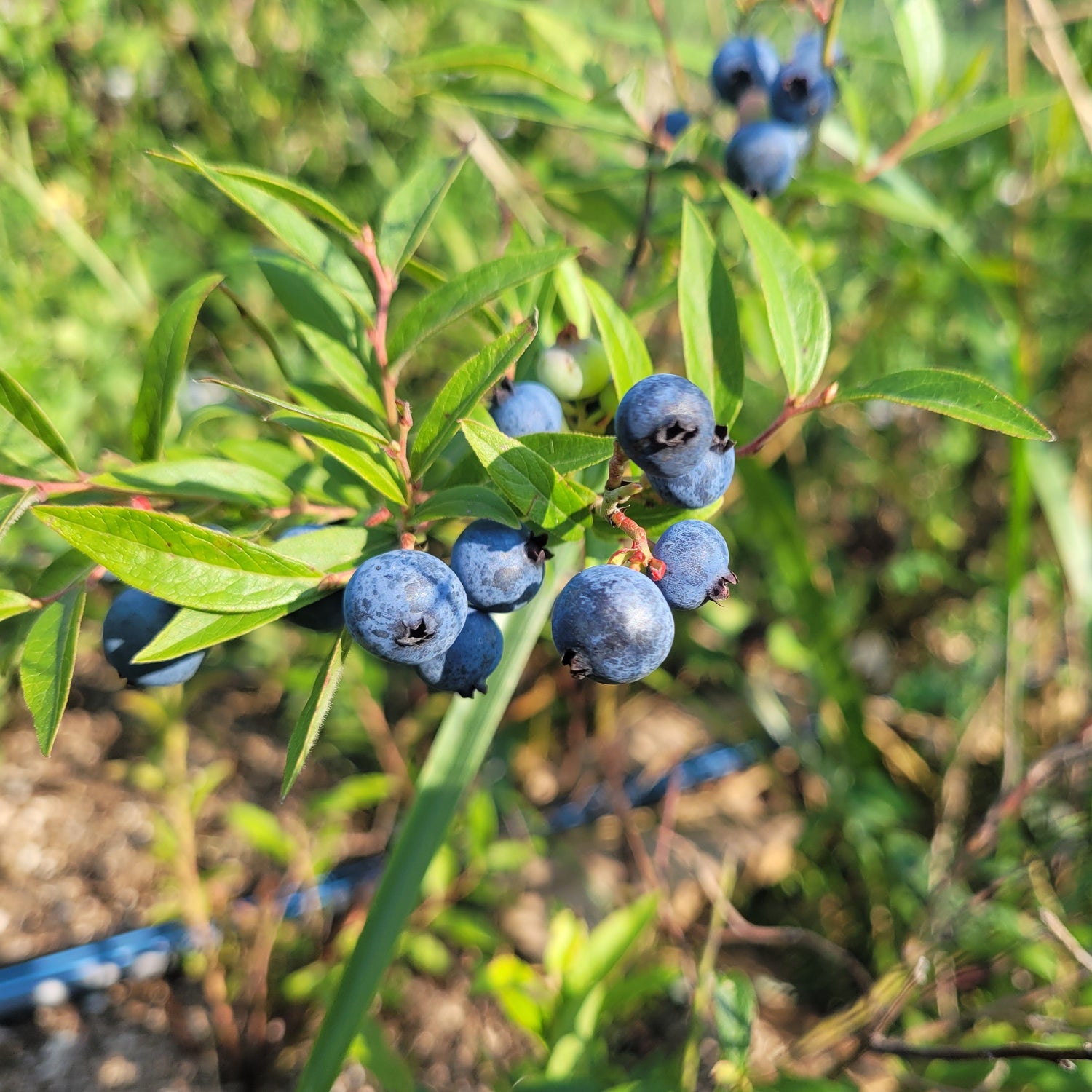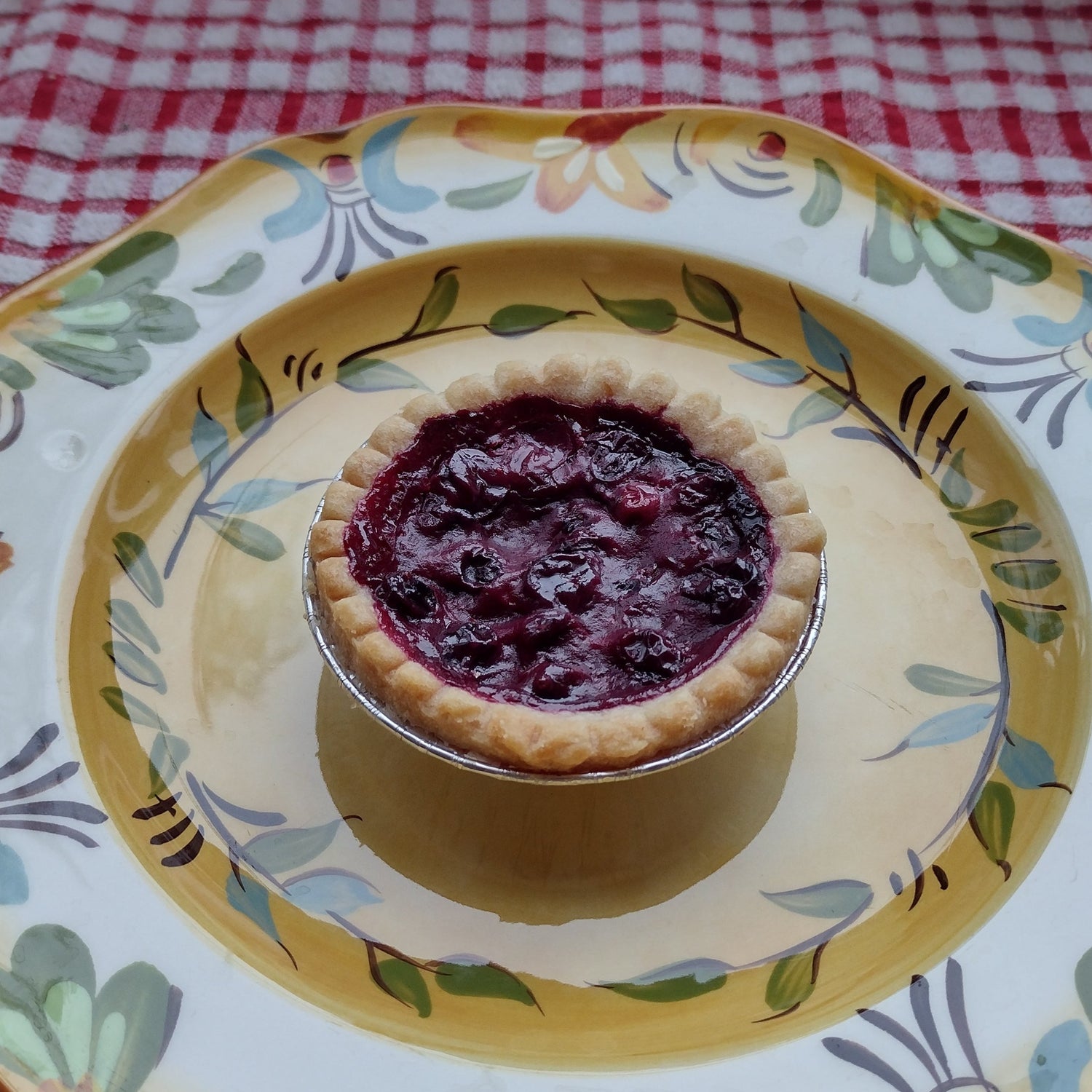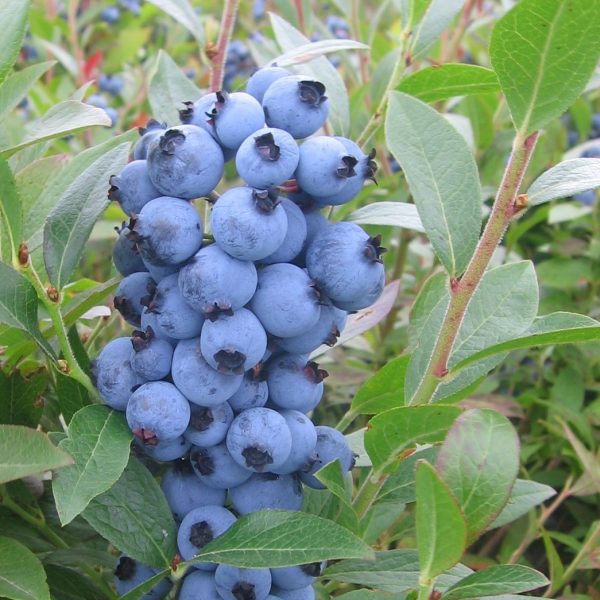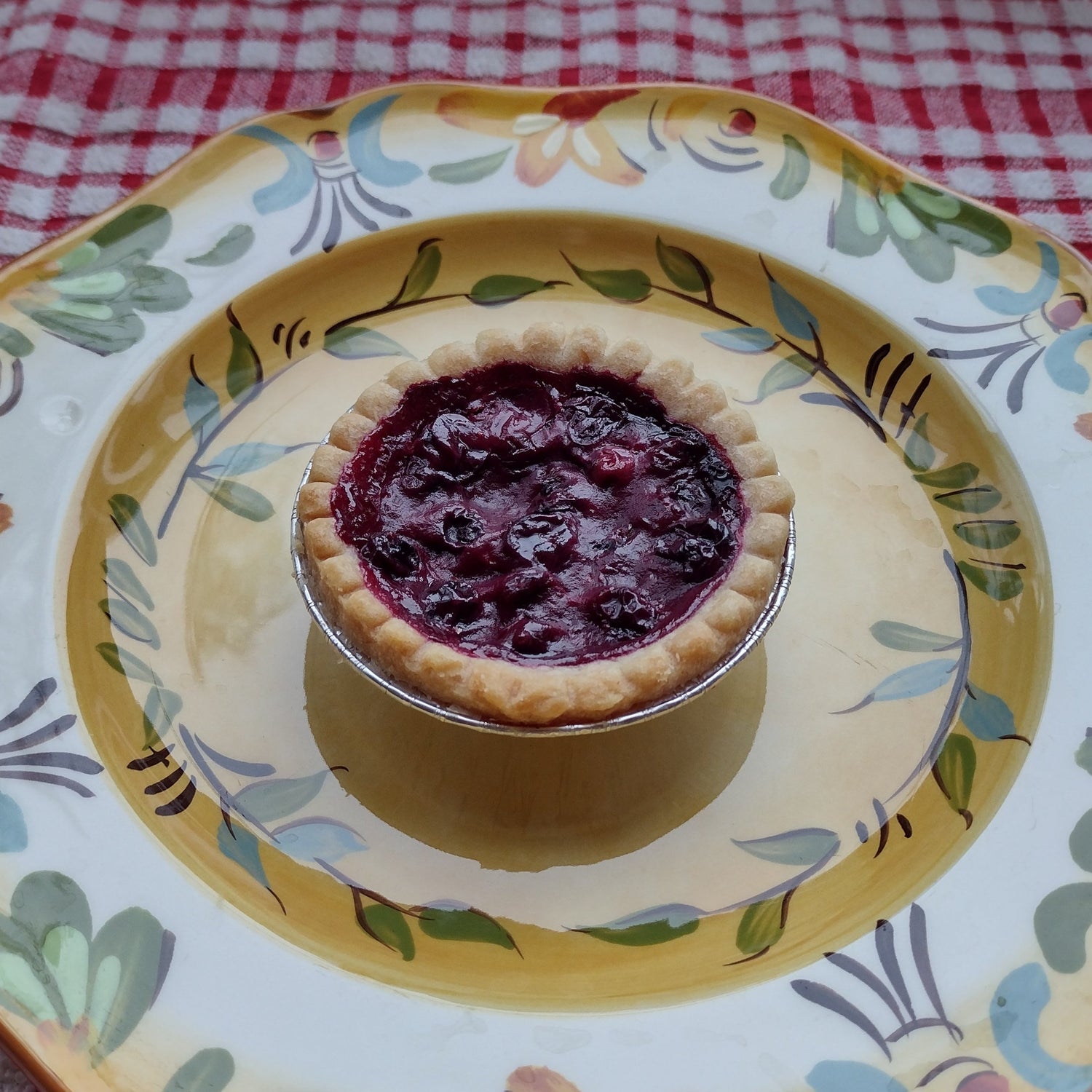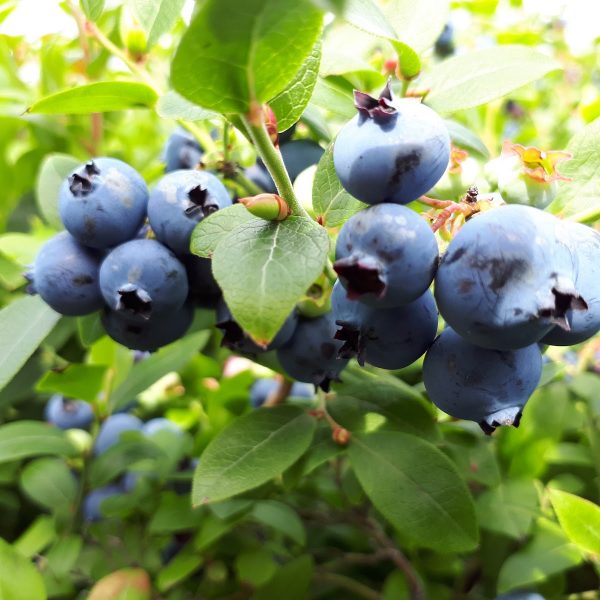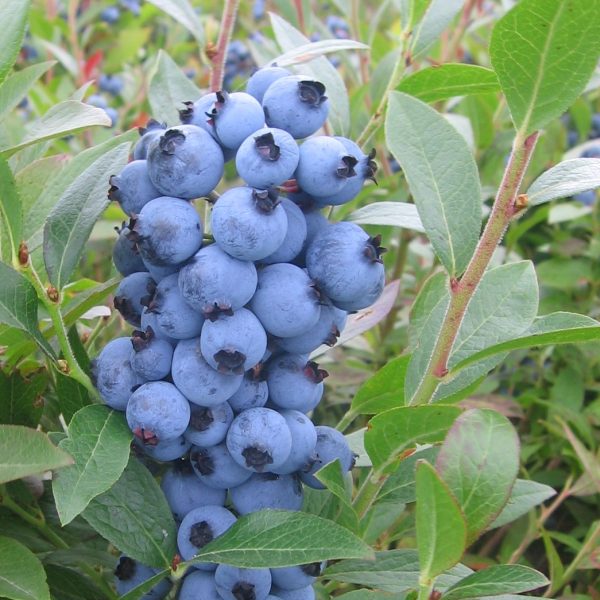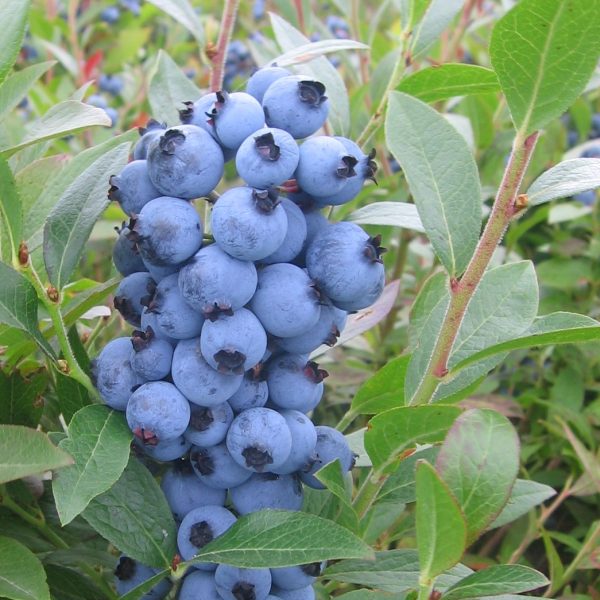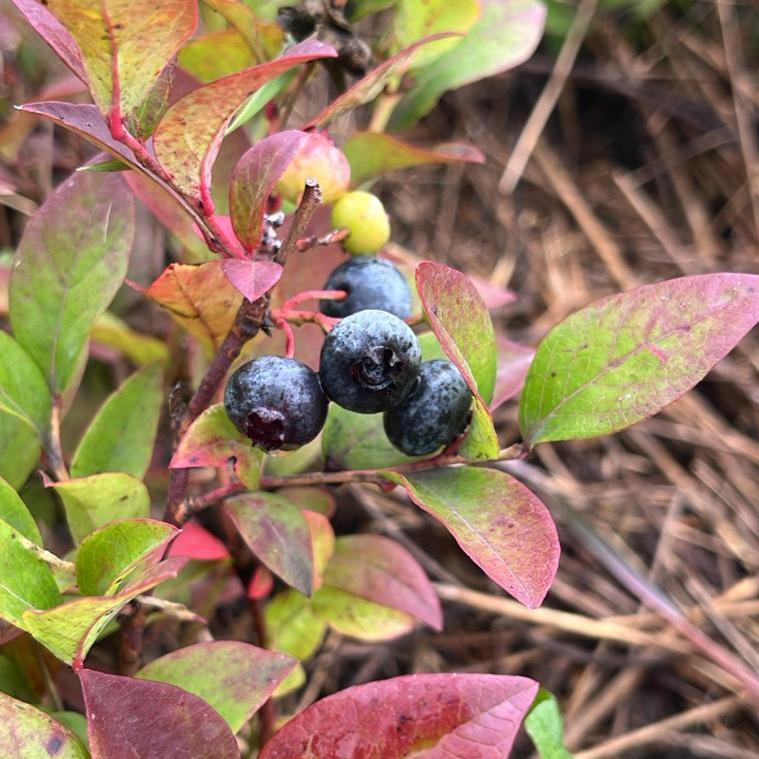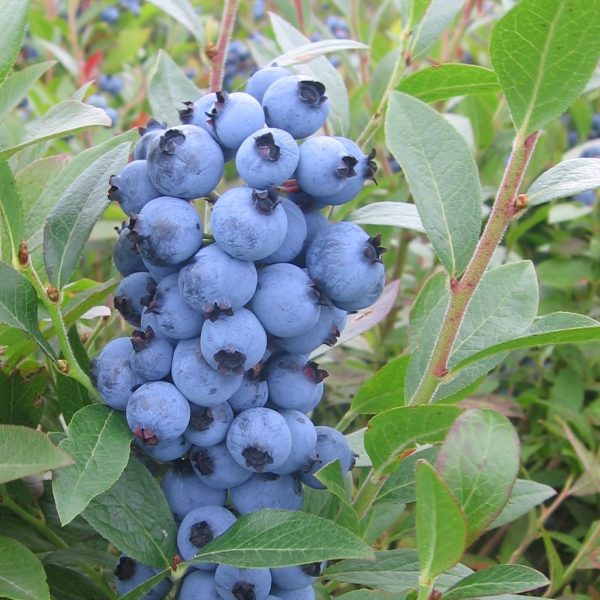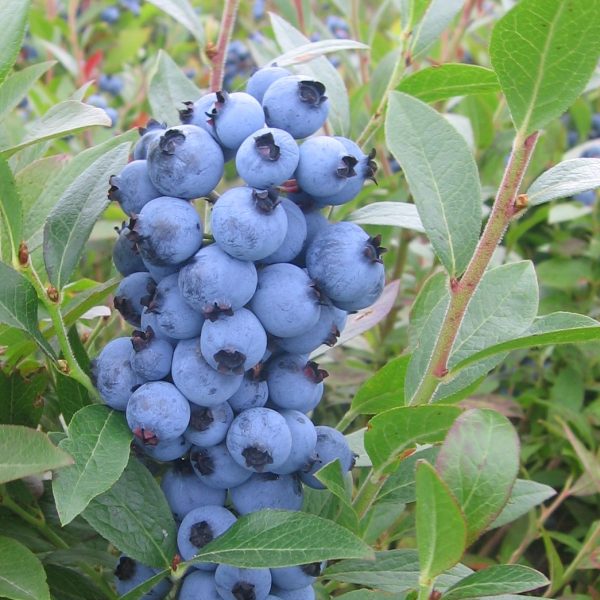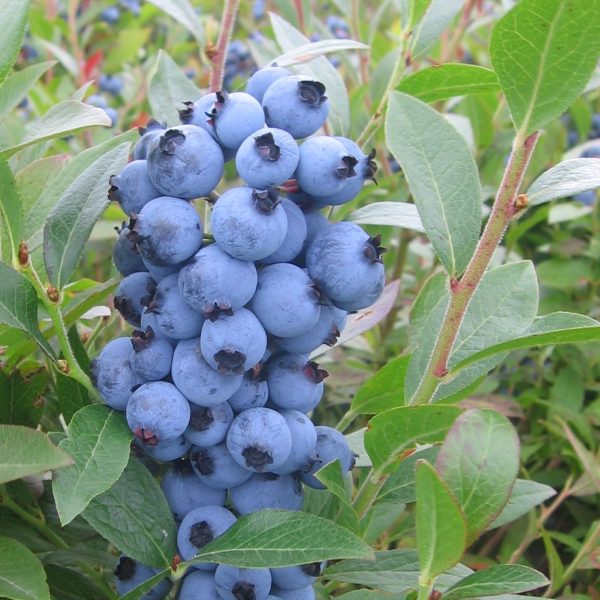Blueberries
It is hard to turn down a fresh blueberry although these bushes can be more challenging to grow than other kinds of berries. Blueberries prefer more acidic soil so you will likely need to amend the soil or may want to grow them in pots or beds to maintain the conditions they like.
We offer three kinds:
- Northern Highbush (Vaccinium corymbosum): Self-pollinating plants that get up to 2m tall. They tend to produce larger fruit and higher yields!
- Half-High (V. corymbosum x V. angustifolium): Self-pollinating plants that get 0.5-1m tall. A happy medium between highbush and lowbush blueberries!
- Lowbush (V. angustifolium): Smaller bushes that only get about 40cm tall, great if you are low on space or prefer container growing. Lowbush blueberries need to be planted with another lowbush blueberry variety for pollination.
Sort by:
11 products
11 products
Species: Vaccinium corymbosum
History: Blueray higbush blueberry was introduced in 1941, although there is little other information on its origins. It may have originated in New Jersey where blueberry cultivation began.
Why We Grow It: Blueray produces an abundant crop of very large berries with good flavour. This cold hardy variety is great for home growers! Blueberries are great for baking, for example Steph made some wonderful black currant and blueberry tarts that are pictured here!
Species: Vaccinium corymbosum
History: Chandler higbush blueberry was introduced in 1995. It originated in Corvallis, Oregon where it was developed by the United States Department of Agriculture's Agricultural Research Service agency's (USDA-ARS) Blueberry Breeding Program.
Why We Grow It: Chandler produces the largest blueberries in the commercial industry, and plenty of them! They are sweet and juicy despite their size and can be harvested over a long period of time. Blueberries are great for baking, for example Steph made some wonderful black currant and blueberry tarts that are pictured here!
Species: Vaccinium angustifolium
History: Top Hat lowbush blueberry was released by the Michigan State University Agricultural Experiment Station some time before the mid to late 1970s.
Why We Grow It: This variety produces small berries with a rich sweet-tart flavour. It is a popular pick for bonsai and container gardening. Blueberries are great for baking, for example Steph made some wonderful black currant and blueberry tarts that are pictured here!
Species: Vaccinium angustifolium
History: BB4 lowbush blueberry was discovered growing wild in a bush near a tissue culture lab near the small municipality of L'Ascension-de-Notre-Seigneur in the Saguenay-Lac-Saint-Jean region of Quebec. Impressed with the quality and flavour, the lab decided to propagate these wild blueberries.
Why We Grow It: BB4 produces medium to large powder-blue berries, with a tasty, sweet flavour. The berries grow in nice clusters, making picking easy. Blueberries are great for baking, for example Steph made some wonderful black currant and blueberry tarts that are pictured here!
Species: Vaccinium angustifolium
History: Brunswick lowbush blueberry is the second lowbush variety developed at the AAFC Kentville Research and Development Centre in Nova Scotia. It was discovered growing wild on a blueberry farm owned by Shepoddy Blueberry and Lumber Co. in New Brunswick and was selected in 1965 for further testing. Proving to be an excellent variety that grows well and is relatively disease-resistant, it was named for its province of origin and released in 1977.
Why We Grow It: Brunswick produces firm, medium-sized dark blue berries, bursting with sweet flavour. These lowbush blueberries grow into a compact bush, with glossy dark green foliage that turns a lovely red in autumn. Blueberries are great for baking, for example Steph made some wonderful black currant and blueberry tarts that are pictured here!
Species: Vaccinium corymbosum, hybridized with V. ashei and V. darrowi
History: Draper blueberries were developed at Michigan State University by renowned plant breeder James Hancock who has also developed several other notable blueberry varieties and other fruits such as the Redhaven peach. He worked with Arlen Draper, a blueberry breeder from the US Department of Agriculture, for 14 years to breed and test different varieties for commercial use, picking Draper due to its many excellent qualities. Named for Arlen Draper, this variety has quickly become an extremely popular commercial variety due to the size and quality of the fruit.
Why We Grow It: Draper produces large, firm fruit with an excellent sweet flavour. They are great for eating fresh or can be used in baking, jams, etc like other blueberries! The large size of the berries makes them good for u-pick orchards and the bushes stay slightly smaller than other highbush varieties! They also store better and longer than other blueberry varieties and ripen at the same time.
Species: Vaccinium corymbosum
History: Duke was developed in Maryland by Arlen Draper, a blueberry breeder working for the USDA, in collaboration with the New Jersey Agricultural Experiment Station. After ten years of testing it was released in 1987 thanks to its early ripening time, general disease resistance, reliable crops, and suitability for commercial sale. It was named Duke after S. Arthur "Duke" Galetta of the Atlantic Blueberry Company in honour of his support for blueberry breeding efforts over the years.
Why We Grow It: Duke produces good-sized crops of large, firm berries that are a good balance of sweet and tart. This is one of the earlier ripening blueberries and it has received the Royal Horticultural Society's Award of Garden Merit. Duke is an extremely reliable producer thanks to it's later bloom time that allows it avoid late spring frosts. Like other blueberries, it is great for a variety of uses including fresh eating, baking, and preserving!
Species: Vaccinium corymbosum
History: Elliott originated in 1947 when Dr. George Darrow of the USDA first bred it. Elliott, and the other blueberries Dr. Darrow bred, were first evaluated by Dr. Arthur Elliott and then by members of the USDA such as Arlen Draper who has bred numerous blueberry varieties. It was released in 1973, over 25 years after the it was originally grown. Elliott was selected for the good quality of its fruit and its exceptionally late ripening time, making it a great variety for extending the blueberry season. It was named Elliott to honour Dr. Elliott's contributions to blueberry breeding efforts.
Why We Grow It: Elliott produces large berries with a mild sweet flavour late in the season. They are great for fresh eating, cooking, baking, and preserving! The bush is very productive and the firm fruit stores well. For those who want to enjoy fresh blueberries for as long as possible, Elliott is an excellent choice due to its very late ripening time!
Species: Vaccinium corymbosum
History: Patriot was developed by the USDA and Maine Agriculture Experimental Station where it was first bred in 1954. It was selected for its cold hardiness and resistance to root rot. Patriot was released in 1976 and given its name to mark the 200th anniversary of the signing of the Declaration of Independence.
Why We Grow It: Patriot produces large berries with excellent flavour that are a bit on the softer side. The fruit ripens early in the season and is great for fresh eating, baking, preserving, and freezing! It is more tolerant of the cold and of wet soils than other blueberries and can be grown even in a clay soil.
Species: Vaccinium corymbosum x V. angustifolium
History: Northcountry was bred by the University of Minnesota as part of a hybrid blueberry breeding program that started in 1967. The goal of the program was to cross highbush and lowbush blueberries in order to create high-quality cold hardy varieties. Northcountry itself was created in 1968 and was introduced in 1986.
Why We Grow It: Northcountry produces small to medium blueberries with a sweet flavour akin to that of wild blueberries. For those looking to enjoy fresh blueberries as soon as possible each year, this variety is an excellent choice since it ripens quite early. The compact bush is also quite cold hardy and productive!
Species: Vaccinium corymbosum x V. angustifolium
History: Northblue was bred by the University of Minnesota as part of a hybrid blueberry breeding program that started in 1967. The goal of the program was to cross highbush and lowbush blueberries in order to create high-quality cold hardy varieties. Of the three varieties initially created in this program, Northblue was noted for having the largest fruit and highest productivity. Northblue was introduced to the public in 1983.
Why We Grow It: Northblue produces nicely sized, firm blueberries that store well. The berries have a good sweet flavour akin to that of wild blueberries and are great for a variety of uses. The compact shrub is quite productive and cold hardy.
